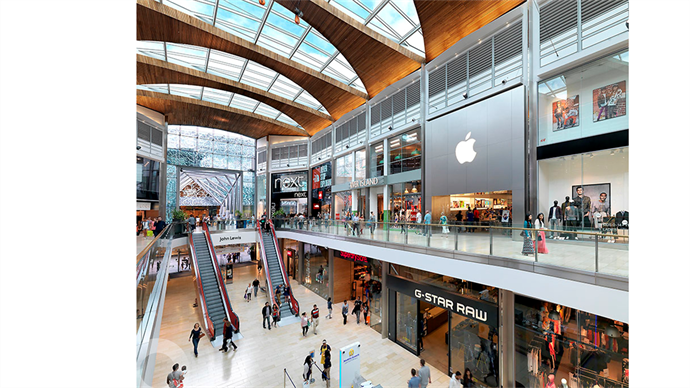Prime retail shopping centres could become available at long last if their long-term owners are forced to liquidate assets, but will price expectations be met?
MAGAZINE: Malls on the mind
- In Magazine highlights
- 15:54, 03 April 2019
Premium subscriber content – please log in to read more or take a free trial.
Events
Latest news
Best read stories
-

Firethorn Trust launches third-party management services
- 22-Jul-2024
Real estate investor, developer and asset manager, Firethorn Trust has appointed Charlie Ingham as director of Firethorn Investment Management, its third-party investment, development and asset management services offering.
-

-

-
- 23-Jul-2024
Stoneweg and Bain Capital divest Barcelona hotel

-
































